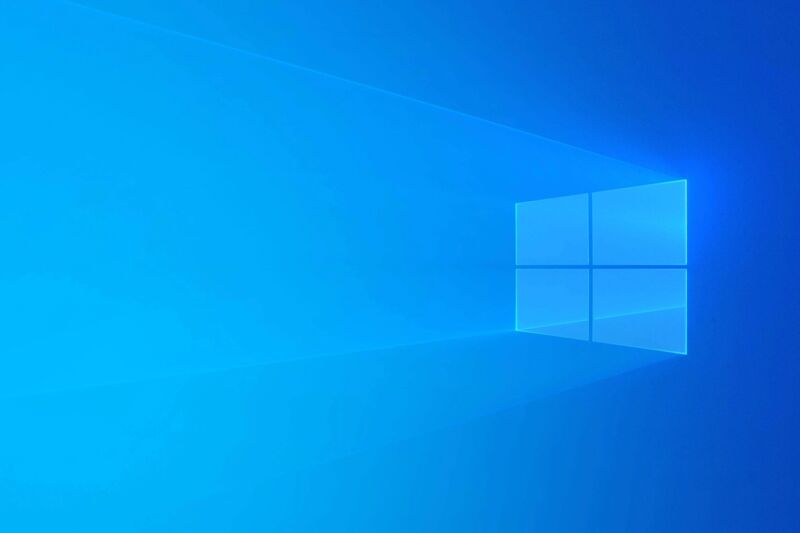
Windows 10's end-of-support date is October 14, 2025. That's the day that most Windows 10 PCs will receive their last security update and the date when most people should find a way to move to Windows 11 to ensure that they stay secure.
As it has done for other stubbornly popular versions of Windows, though, Microsoft is offering a reprieve for those who want or need to stay on Windows 10: three additional years of security updates, provided to those who can pay for the Extended Security Updates (ESU) program.
The initial announcement, written by Windows Servicing and Delivery Principal Product Manager Jason Leznek, spends most of its time encouraging users and businesses to upgrade to Windows 11 rather than staying on 10, either by updating their current computers, upgrading to new PCs or transitioning to a Windows 365 cloud-based PC instead.
But when Leznek does get to the announcement of the ESU program, the details are broadly similar to the program Microsoft offered for Windows 7 a few years ago: three additional years of monthly security updates and technical support, paid for one year at a time. The company told us that "pricing will be provided at a later date," but for the Windows 7 version of the ESU program, Microsoft upped the cost of the program each year to encourage people to upgrade to a newer Windows version before they absolutely had to; the cost was also per-seat, so what you paid was proportional to the number of PCs you needed updates for.
One difference this time is that Microsoft told us it would be offering Windows 10 ESU updates to individuals, though the company didn't offer particulars. More details should be available on Windows 10's lifecycle support page soon.
Leznek reiterated that Windows 10 22H2 would be the final version of Windows 10 and that the operating system would not receive any additional features during the ESU period. Windows 10 has mostly been in a security-updates-only maintenance mode since the 22H2 update came out late last year, but Microsoft did "revisit" the operating system last month to add the Copilot generative AI assistant and a handful of other tweaks.
For businesses, educational institutions, or governments, the point of the ESU program has always been to buy slow-moving IT shops extra time to learn about the new features in newer versions of Windows, to educate and inform users about the upgrade, and to test for incompatibilities with other mission-critical hardware and software. But whether an organization's PCs could run the new version of Windows wasn't as much of a concern since most PCs that could run Windows 7 would run Windows 10 more-or-less equally well.
Windows 11's new system requirements add an additional wrinkle, though—not every single Windows 10 PC in every single organization officially supports Windows 11, adding the time and cost of hardware replacement (or migrating to a cloud-based setup) to the time and cost of changing operating system versions. Paying for the ESU program buys time, regardless of why you need it.
For individuals, sticking with an older operating system can be about hardware requirements and incompatibilities, but it's also about personal preference—some people may prefer Windows 10 to Windows 11, either because of familiarity or some specific UI feature or because they've heard bad things about Windows 11. (There are lots of annoying things about Windows 11, granted, though a Windows 10 computer signed in to a Microsoft account exhibits many of the same behaviors these days). Depending on the cost, and on the editions of Windows the program is available for (the Windows 7 iteration only covered Pro and Enterprise, not Home), the ESU program could provide a reprieve to those users, too.
Reader Comments (155)
View comments on forumLoading comments...